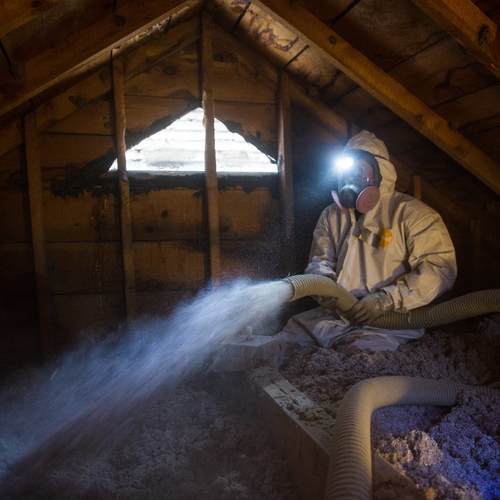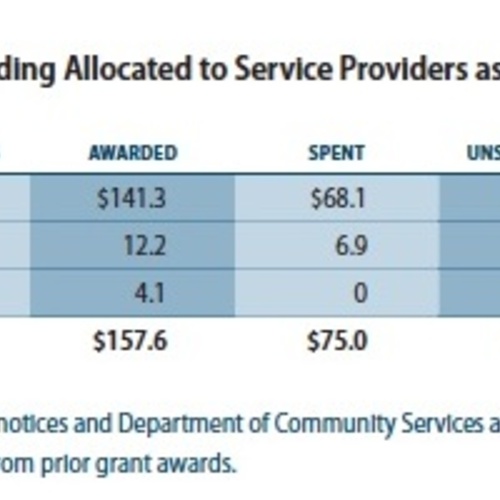
How will Connecticut deal with a major increase in weatherization funding? State agencies and community organizations are still trying to figure it out
With stimulus money about to pour in, Connecticut’s weatherization program is about to be transformed from an obscure service into one of the state’s biggest new employment opportunities – if a couple of key questions are clarified and several emerging issues are addressed correctly.
A story published this week by the Hartford Courant delves into the quandary facing Connecticut’s weatherization program coordinators as they reckon with the federal stimulus money headed their way over the next 20 to 34 months: $65 million, a 13-fold increase that puts their program management skills in the spotlight as much as it raises hope that it will create jobs.
Earlier this week we touched on the notion that the funding surge for the Department of Energy’s weatherization program has been, at the state level, greeted both as a blessing and a source of anxiety by those trying to rapidly ramp up recruitment, training, and implementation procedures.
Which is to say Connecticut’s weatherization-funding tribulations likely are pretty similar to those of most states. A story published this week by the Louisburg Herald, which serves East Central Kansas, noted that local agencies are uniformly optimistic about the opportunities presented by the stimulus but are wary of misdirecting funds.
As of yet, no directions have been handed down on specifics about how the money must be spent, Richard Jackson, CEO of a community group called the East Central Kansas Economic Opportunity Corporation, told the paper, except that its use must follow ECKAN’s current precepts.
“One of the things that we’d like to do, if the stimulus money allows us, would be to help people who have recently been laid off through the services that we can provide them,” Jackson said.
Should Connecticut’s weatherization program expand as planned, at least 7,500 of its low-income households will be made more energy efficient in a year’s time, with the maximum amount spent on each home totaling $6,500, according to the state’s Department of Social Services. Previously, the DSS had received about $2.5 million a year for weatherization and spent about $2,500 on each of the 700 to 1,000 homes it weatherized annually.
What DOE still has to make clear to the state agencies, DSS deputy commissioner Claudette Beaulieu told the Courant, is how the DSS should track and define jobs. Will, for example, full-time, part-time, and per diem work all go into the same category? And does a job saved count as a job created? Those issues are of interest to taxpayers, as the Courant story notes, and they’re certainly of interest to energy-efficiency contractors.
It might take just a little while longer to sort it all out. In an interview with GreenBiz.com executive editor Joel Makower, the head of the White House Council on Environmental Quality, Nancy Sutley, suggested that many stimulus-driven green initiatives are very much works in progress. And during a recent visit to Hartford to talk about stimulus funding, Senator Joe Lieberman acknowledged that the definition of a stimulus job “isn’t in the law” and said that job projections for any program or state “are educated guesses.”
Weekly Newsletter
Get building science and energy efficiency advice, plus special offers, in your inbox.















0 Comments
Log in or create an account to post a comment.
Sign up Log in